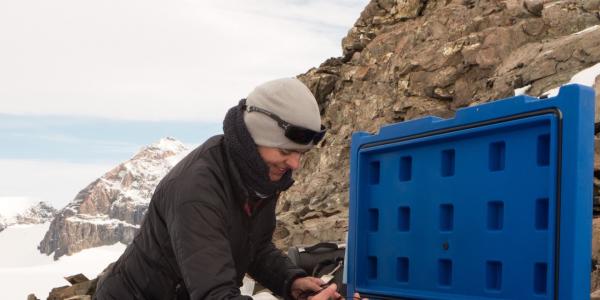The Role of the Solid Earth in Controlling Ice Sheet Dynamics
The future of Antarctica constitutes the greatest uncertainty in sea-level change projections. Studies often focus on the response of the ice sheet to climatic drivers. Here, I consider an important non-climatic factor: the role of the solid Earth. Basal conditions determine whether an ice sheet slides freely or is frozen to its bed, but for a marine-grounded ice sheet such as Antarctica, the shape of the bed also plays an important role. It determines whether the ice sheet can recover from short-term ice loss or whether it is likely to tip into a state of unstable retreat. Crucially, the shape of the bed beneath West Antarctica means that it is at risk of runaway ice loss. I describe various factors that may play a role in destabilizing or stabilizing this ice sheet, including a negative feedback process, related to the isostatic response of the solid Earth to ice sheet change, that has the potential to slow the rate of ice loss. The strength of this feedback depends on the rheology of the upper mantle. I describe recent efforts to determine the material properties of the solid Earth beneath Antarctica, drawing on both modelling and observational approaches.
Host: Doug Wiens
By joining department-hosted virtual colloquia, you agree to uphold our code of conduct for Zoom sessions.
Register to receive Zoom details